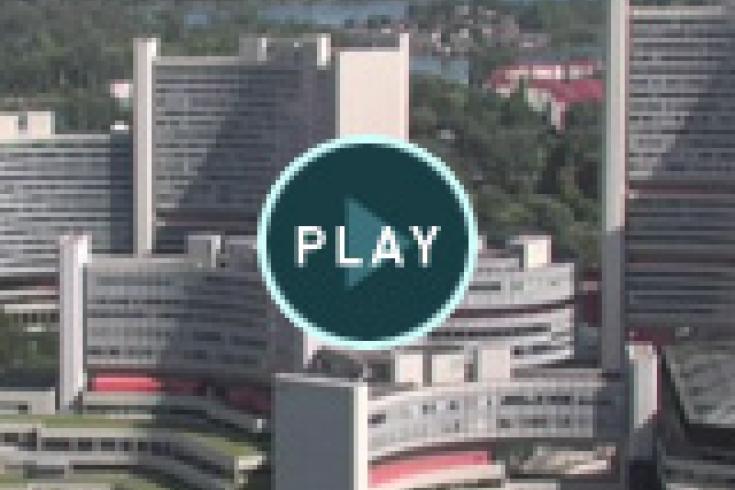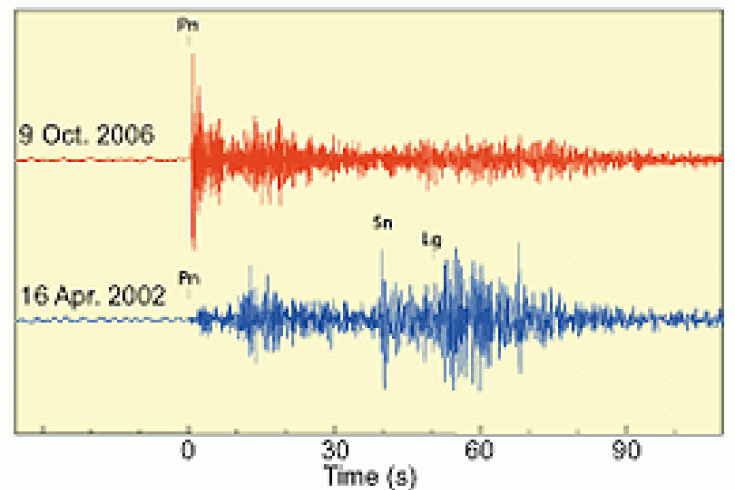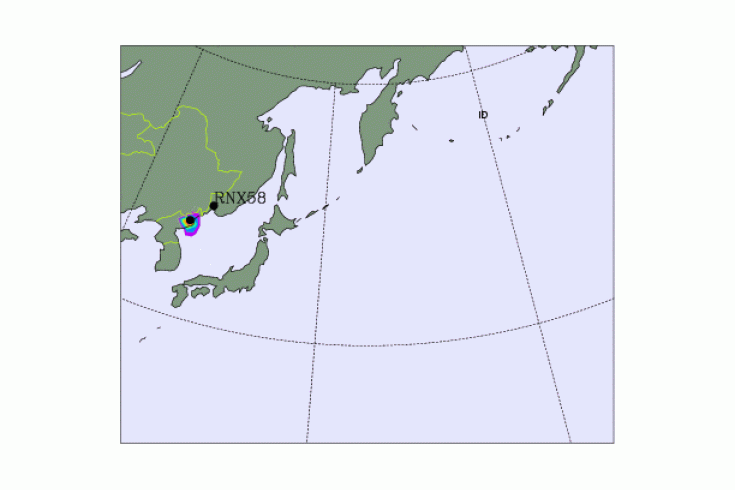Fact Sheet: Tremendous progress in the build-up of the CTBT's verification regime
Overview
Click here for animation of how data is transmitted from the International Monitoring System.
The final arm of our verification regime is an on-site-inspection: the in-the-field, eyes-on-the-ground component, which can only be invoked after entry into force of the CTBT.

Watch a clip on the International Data Centre in Vienna, Austria.
Baptism of fire – the North Korean nuclear test
22 stations picked up the North Korean nuclear test, some thousands of kilometres away.

CTBTO experts compared seismograms for the declared nuclear test to an earlier earthquake on the North Korean peninsula.
Detecting the "Smoking Gun"

Click for animation: A method called atmospheric transport modelling is used to calculate the potential trajectory of an airborne radioactive particle.
Tremendous progress over the past decade
- The necessity and importance of on-site-inspections, as the final tool to verify a nuclear test explosion, was underlined.
The noble gas systems were more than doubled since 2006, from 10 to 22.
Working hard to complete the system
Since October 2006, the number of stations increased from 180 to 250.
Advances in sciences and technologies Overall, the past decade has seen considerable advances in the sciences and technologies relevant to CTBT verification: - Detection and location of nuclear tests and data analysis have improved through better computers and software. A particular case in point is the noble gas technology. This was very much at an early experimental stage in the 1990s. The potential of this new technology has only really become usable for CTBT verification in the past few years. Our ability to detect and identify nuclear explosions has significantly increased with this new and powerful verification tool. - The seismic network also has a better detection capability compared to the 1990s. In addition, there is a dense network of non-CTBT seismic systems available for States. The better understanding today of Earth-models has enhanced the ability to comprehend and interpret seismic observations. - Considerable progress has been made in developing our on-site-inspection capabilities.
Average Detection Capability of the primary seismic component in 2006 (top) and today. Magnitude 4 (light green to dark green) represents roughly an explosion yield of 1 kiloton.
A high degree of confidence
CTBTO Executive Secretary Tibor Tóth: "No nuclear test of military significance can go unnoticed".
22 Apr 2009